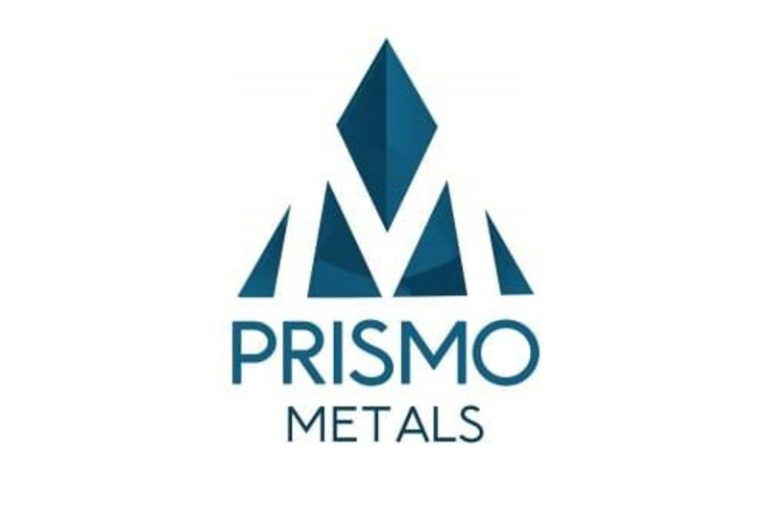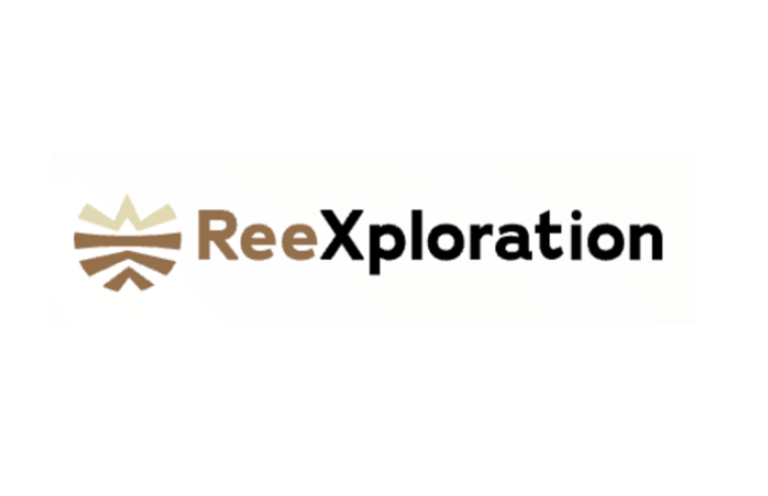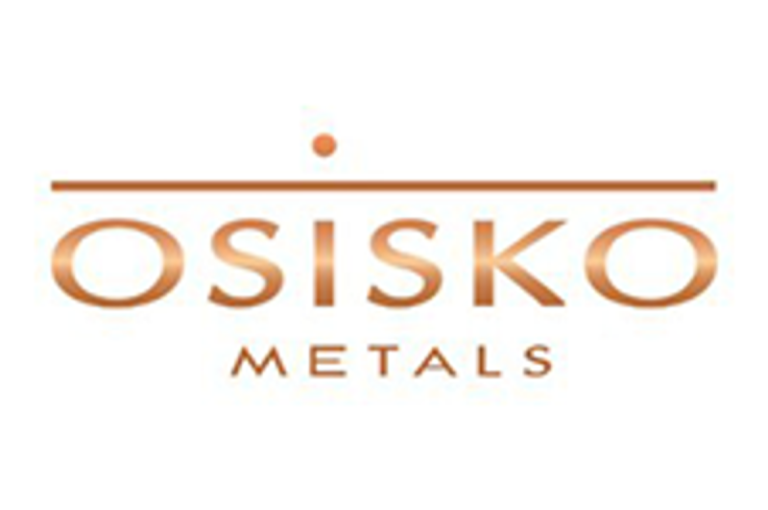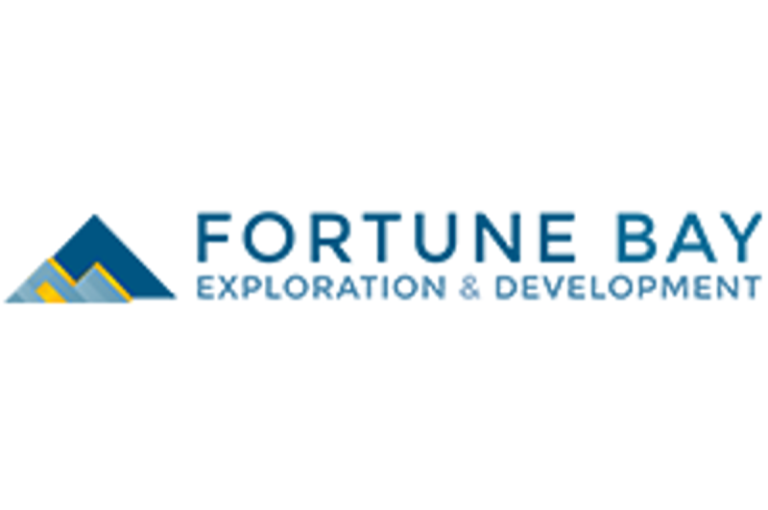Regardless of how the gold price is doing, the top gold-mining companies are always making moves.
Right now, gold is in the limelight — stimulated by increasing global inflation, geopolitical turmoil and economic uncertainty, the gold price is repeatedly setting new highs in 2025, and broke through the US$4,400 per ounce mark in October.
Rising safe-haven demand for gold alongside concerns over gold mine supply have pushed the metal to record highs in recent years. and market watchers are eyeing world’s top gold-mining companies to see how they respond to market dynamics.
While the future of the economy remains uncertain, the rising gold price has been a boon to gold-mining companies as it improves their margins after several years of high inflation increasing the costs associated with mining operations.
According to US Geological Survey data, gold production came in at 3,300 metric tons in 2024. China, Australia and Russia were the top three gold-producing countries last year.
But what were the top gold-mining companies by production in 2024?
Read on to find out which companies produced the most gold this past year.
1. Newmont (TSX:NGT,NYSE:NEM)
Production: 213.03 metric tons
Newmont is the world’s top gold-mining company. In 2024, the company reported production of 192.96 metric tons of gold.
Newmont has a diverse portfolio of assets, with significant operations in North and South America, Australia and Africa.
Its portfolio includes a 38.5 percent interest in Nevada Gold Mines in Nevada, US, through a joint venture with majority owner Barrick Mining (TSX:ABX,NYSE:B).
In 2024, the Nevada Gold Mines complex produced 2.68 million ounces (83.48 metric tons) of gold. Newmont’s attributable share is 1.03 million ounces, or 32.14 metric tons.
The company’s next largest operation is its wholly owned Ahafo South Complex in Ghana. It consists of three mines, the Subika and Awonsu open pits, and the Subika underground mine. Last year, the asset produced 798,000 ounces (24.28 metric tons) of gold for Newmont. The company’s Ahafo North open pit mine achieved commercial production in late 2025 and is expected to average 275,000 and 325,000 ounces of gold per year.
In January 2025, Newmont sold its Porcupine Complex in Ontario, Canada, to Discovery Silver for total consideration of US$425 million. In 2024, the mine produced 270,000 ounces (8 metric tons) of gold. The sale is part of Newmont’s larger divestiture of US$4.3 billion in non-core assets.
2. Barrick Mining (TSX:ABX,NYSE:B)
Production: 121.65 metric tons
Barrick Mining produced 121.65 metric tons of attributable gold in 2024, landing it as the second highest gold producer in the world. Like Newmont, Barrick is a global producer and owns assets on nearly every continent.
Barrick’s largest operation is its 61.5 percent stake in Nevada Gold Mines alongside Newmont. The gold complex accounted for 1.65 million ounces, or 51.34 metric tons, of Barrick’s gold production in 2024.
The company’s second-largest producing asset is its 80 percent owned Loulo-Gounkoto gold complex in Mali, which produced 578,400 ounces of gold in 2024 for Barrick.
While much of Barrick’s production has remained steady over the past several years, disagreements with the Malian government, run by a military junta since a 2021 coup, has brought uncertainty to its operations there.
In 2024, the government accused Barrick of failing to pay its taxes amid changes to royalty rights and mining licenses. It arrested four workers there and issued an arrest warrant for then-CEO Mark Bristow.
In June 2025, the Mali government placed the mine under provisional administration, as a resolution of the dispute failed to materialize.
3. Agnico Eagle Mines (TSX:AEM,NYSE:AEM)
Production: 108.41 metric tons
In 2024, Agnico Eagle produced 108.41 metric tons of gold, taking third place among the world’s biggest gold producers. It wholly owns its portfolio of 11 mines, with seven in Canada, two in Mexico and one in each of Australia and Finland.
The company’s Detour Lake and Canadian Malartic mines in Canada are some of the world’s biggest gold mines.
In 2024, its Detour Lake operation, in Ontario near the Québec border, produced 671,950 ounces (20.9 metric tons) of gold. Just behind was the Canadian Malartic Complex in Québec, which produced 655,654 ounces (20.4 metric tons) in 2024.
Gold production at Canadian Malartic peaked at 715,000 ounces (22 metric tons) in 2021 The mine is a combination of open pit and underground mines; however, the main open pit was depleted in 2023, and the mine is expected to transition to fully underground operations by 2029.
4. Navoi Mining and Metallurgy Company
Production: 96.42 metric tons
In 2024, Navoi Mining and Metallurgy Company produced 96.42 metric tons of gold. NMMC is the largest mining company operating in Uzbekistan, with 12 mines. The company has been in operation since the 1960s, when the country was still part of the Soviet Union.
NMMC’s primary asset is the Muruntau mine, which produced an estimated 2.68 million ounces of gold in 2024. Muruntau is the world’s largest open pit mine and the second highest gold producing mine in the world. It has been in production since 1969.
The company is working on modernizing its operations and considering a potential public listing.
5. Polyus (LSE:PLZL,MCX:PLZL)
Production: 93.36 metric tons
Polyus produced 93.37 metric tons of gold in 2024. The gold company is the largest gold producer in Russia from five wholly owned operations in the country.
Polyus holds significant proven and probable gold reserves of 101 million ounces, or 3,141 metric tons.
Its largest asset is the Olimpiada mine in Eastern Siberia. In 2024, the mine produced 1.48 million ounces (46.93 metric tons) of gold, putting it among the top gold operations in the world. Its second biggest mine is Blagodatnoye, also in Siberia, which produced 500,300 ounces (15.56 metric tons) of gold in 2024.
6. AngloGold Ashanti (NYSE:AU,ASX:AGG)
Production: 82.35 metric tons
AngloGold Ashanti produced 82.74 metric tons of attributable gold in 2024, putting it among the top Africa-based gold mining companies.
The company has a portfolio of nine mining assets spread across seven countries in Africa, South America and Australia, as well as numerous exploration projects around the world.
AngloGold’s largest wholly owned operation is the Geita mine in Northwest Tanzania. The property consists of multiple open-pit and underground operations, which produced 483,000 ounces (15 metric tons) of gold in 2024.
The company also owns a 45 percent interest in the Kibali mine located in the Democratic Republic of Congo. The mine is the largest gold operation in Africa, producing 686,000 ounces (21.34 metric tons) in 2024, with 308,700 ounces (9.6 metric tons) attributable to AngloGold. The remaining ownership in the mine is held by Barrick Mining at 45 percent and the DRC government at 10 percent.
7. Kinross Gold (TSX:K,NYSE:KGC)
Production: 66.19 metric tons
Kinross Gold ranked seventh on our list of top gold producers with 66.17 metric tons of attributable gold equivalent production in 2024. Kinross maintains considerable and steady output from a portfolio of six assets across Canada, the US, Brazil, Chile and Mauritania.
Kinross has full ownership over all its operating assets, with the exception of its 70 percent owned Manh Choh mine in Alaska, US. The company began processing ore from Manh Choh at its Fort Knox operations through the Peak Gold joint venture in 2024.
The biggest contributor to Kinross’s output is its Tasiast mine in Western Mauritania, which produced 622,394 ounces (19.36 metric tons) of gold in 2024. Tasiast is currently an open-pit operation, and the company has been working to explore the underground potential of the mine at several key targets.
Among Kinross’ other assets, Paracatu stands out with its 528,574 ounces (16.44 metric tons) of gold production in 2024, making it the third largest gold mine in Brazil.
8. Gold Fields (NYSE:GFI)
Production: 64.21 metric tons
Gold Fields was the eighth biggest gold company in 2024, producing 61.75 metric tons of the yellow metal. The company is a globally diversified gold producer with nine mining operations across Australia, Chile, Peru, Ghana and South Africa. The company also owns the Windfall gold project in Canada.
Gold Fields’ most significant gold operation is the Tarkwa mine in Southern Ghana, one of the largest gold mines in West Africa. Gold Fields holds a 90 percent interest in the mine, with the remaining 10 percent owned by the Government of Ghana.
The mine consists of four open pits. In 2024, the operation produced 537,000 ounces (16.7 metric tons) for Gold Fields.
Its next largest asset is its wholly owned St Ives complex in the Eastern Goldfields region of Western Australia. The operation, which commenced production in the 1980s, currently consists of two open pits and two underground mines. It delivered 331,000 ounces (10.3 metric tons) of gold in 2024.
9. Zijin Mining Group (OTC Pink:ZIJMF)
Production: 62.21 metric tons
In 2024, Zijin Mining Group produced 62.21 metric tons of attributable gold from its mines across Asia, Africa, Australia and South America. Although the company is not exclusively a gold producer, its substantial portfolio of assets has helped it become China’s leading gold company.
Its most significant contributor to gold production came from its Norton complex near Kalgoorlie, Western Australia. The asset is a conglomeration of several different mines and delivered 263,000 ounces (8.18 metric tons) of gold in 2024.
Zijin’s next largest gold operation is Buriticá, an underground gold mine located near Medellín, Colombia, of which it holds 69.28 percent ownership. In 2022, the mine underwent an expansion that included upgrades to its mining equipment, improving the overall processing capacity. In 2024, the mine produced 322,000 ounces (10.02 metric tons) of gold, with 223,000 ounces (6.94 metric tons) attributable to Zijin.
10. Harmony Gold Mining Company (NYSE:HMY,JSE:HAR)
Production: 47.51 metric tons
In 2024, Harmony Gold Mining Company produced 47.51 metric tons of gold, making it the world’s 10th largest gold mining company.
The majority of the company’s large portfolio of wholly owned operations are located in South Africa, and it also operates the Hidden Valley mine in Papua New Guinea.
Harmony Gold’s top operation is the Mponeng mine in Northern South Africa. The underground mine is among the deepest in the world, where gold is retrieved from depths of approximately 4 kilometers. In the calendar year 2024, Mponeng produced 320,993 ounces (9.98 metric tons) of gold.
Harmony also owns the Moab Khotsong mine in Northern South Africa, an underground mine consisting of three vertical shaft systems. It started production in 2003, making it one of South Africa’s younger deep-level underground mines. In 2024, the mine contributed 202,742 ounces (6.31 metric tons) to Harmony’s total output.
Securities Disclosure: I, Dean Belder, hold no direct investment interest in any company mentioned in this article.










